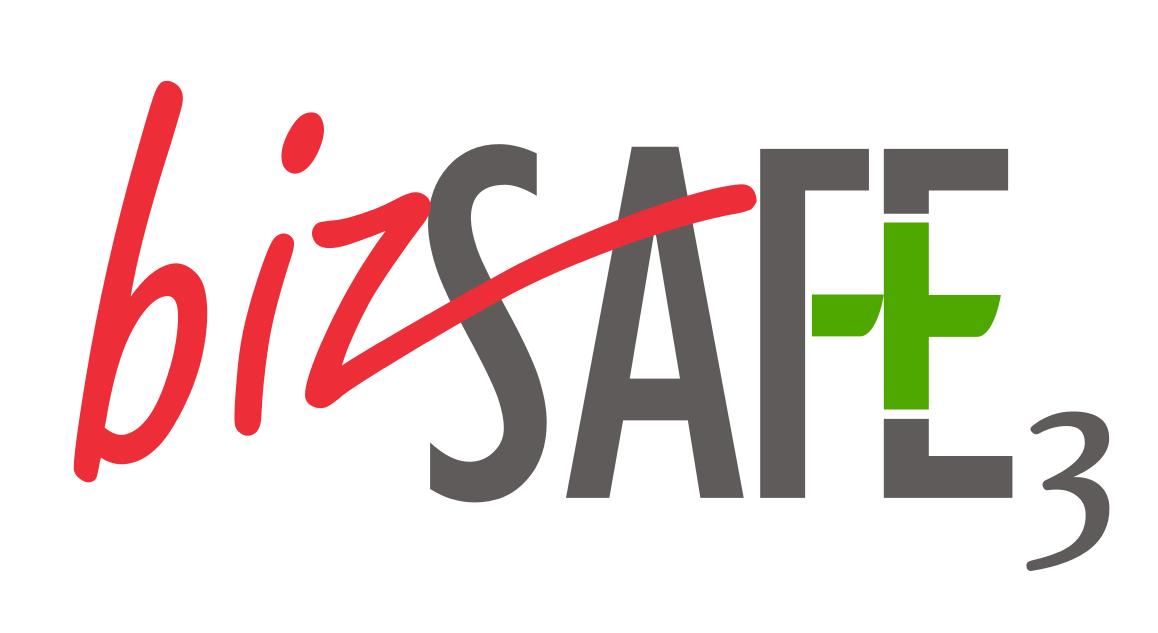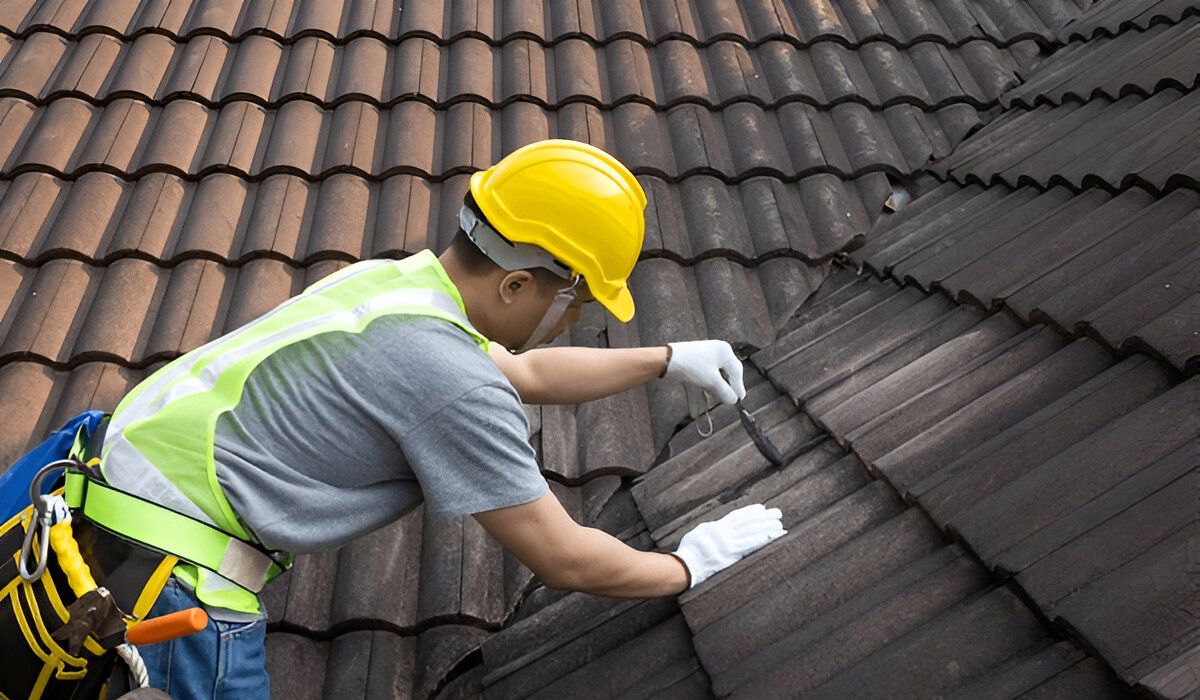
Roof leaks are a pretty stressful thing to face as a house owner. The worst part is that it can occur every 3 to 5 years. So, if you are seeing stains or wet walls due to this, we’ll show you 10 ways to repair a leaking roof in Singapore.
To repair a leaking roof, you can try multiple things, like using a rubber collar, sealant, caulk, tape, tarp, water-repellent seal, and so on. In severe cases, you’ll need to get help from a specialist to repair it properly.
In this blog, we’ll explain 10 easy and quick ways to fix a leaking roof that works. Let’s find out!
10 Proven Ways to Repair a Leaking Roof in Singapore: Step-by-Step Guide
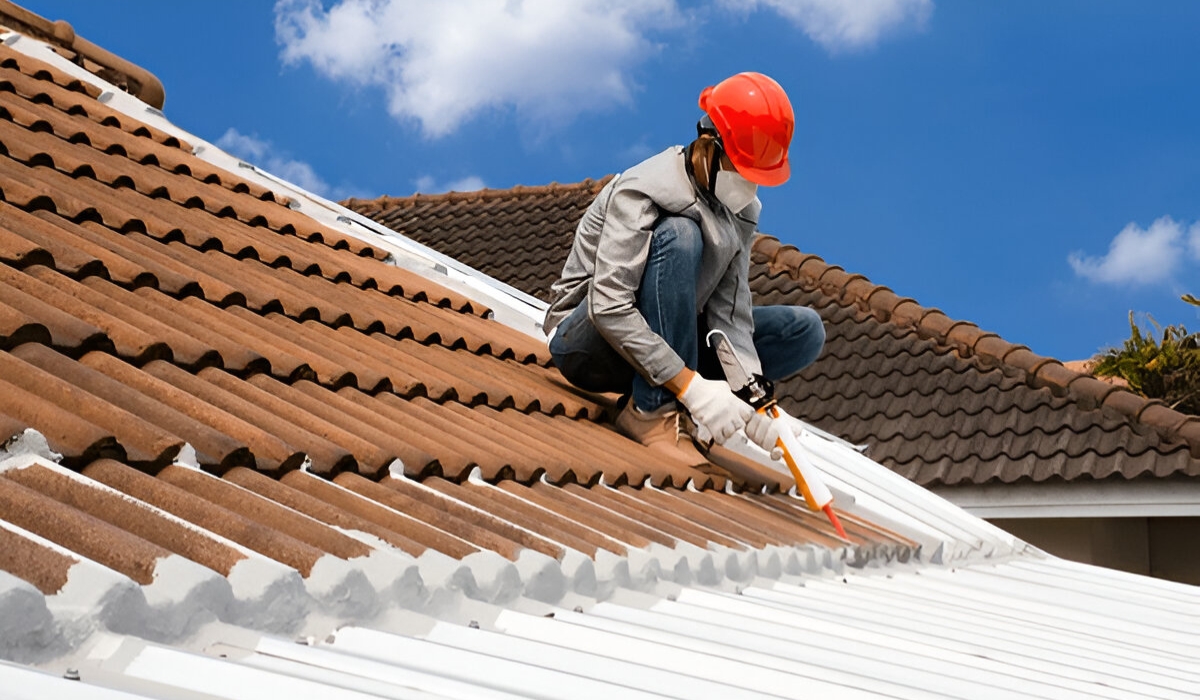
It’s better to take water damage on your roof seriously when you spot them. Besides, your priority is to fix the issue. To do that, here’s the 10 ways:
1. Seal the Pipe of the Leaking Roof with a Rubber Collar
This method is proper when a leak is located around a pipe on your roof. You’ll most likely spot the leak in the ceiling beneath the pipe.
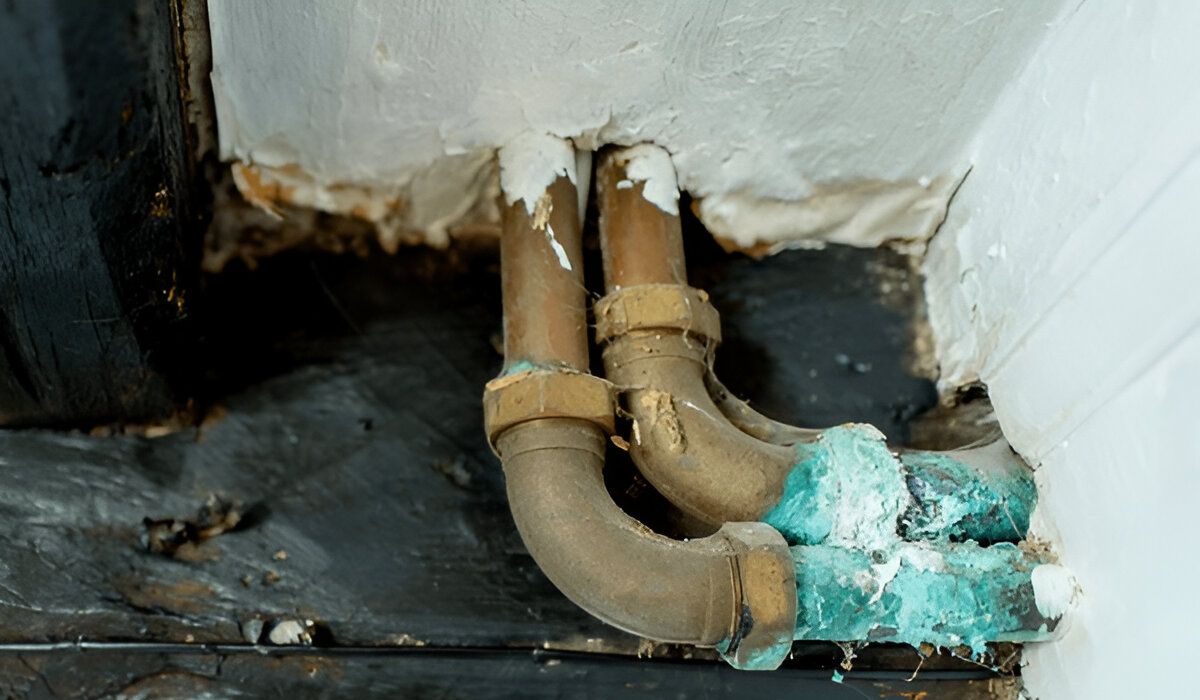
To begin with, you’ll need to figure out the pipe that leaks. Then, you should check if there’s a rubber or pipe boot that seals the gap between the pipe and the roof.
This part can crack over time and cause water to seep through. To stop that, just slide a rubber collar over the existing cracked pipe boot. It’ll also cover the leaky area to seal the gap between the pipe and the roof.
For more insights, check out these simple signs of water damage in a house to identify early warning signs of leaks.
2. Repair Roof Gaps Using Sealant for a Lasting Fix
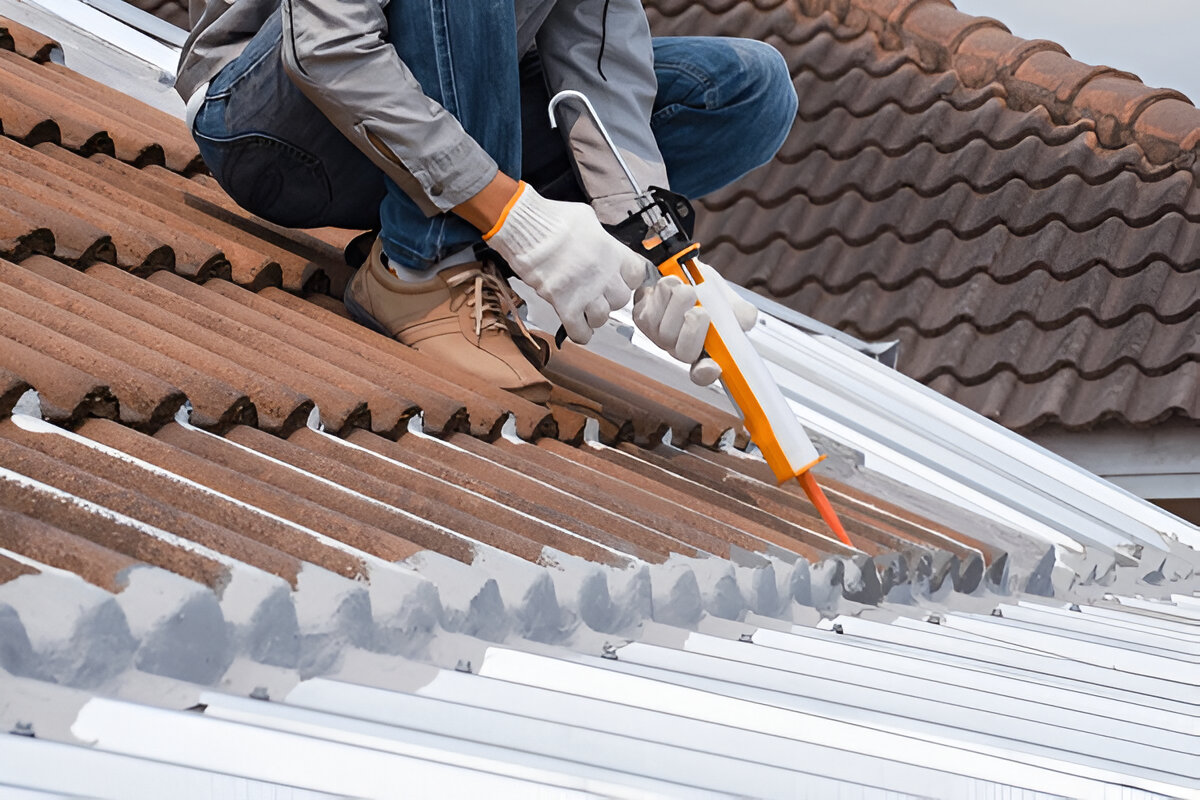
Sometimes, nails on the roof for use can lead to gaps or holes that let in water. To avoid that, you’ll need to inspect your roof, especially the areas where you see nails sticking out from their spots.
When you find the spots, try to lift the shingle around the nail carefully. Be sure to use a flat pry bar to gently lift the shingle without harming the surface.
Then, you’ll need to take out the nails that seem problematic. Next, it’s good to check if the nails are going into the rafter and deck underneath or not.
After that, you should apply a layer of sealant or roofing cement over the hole. Then, be sure to press the shingle back into place. This also helps the sealant or roofing cement to set properly without causing water to get under it.
If needed, you can add a waterproof membrane like ice and water shield over the area for extra protection.
3. Replace Damaged Shingles and Flashing Quickly
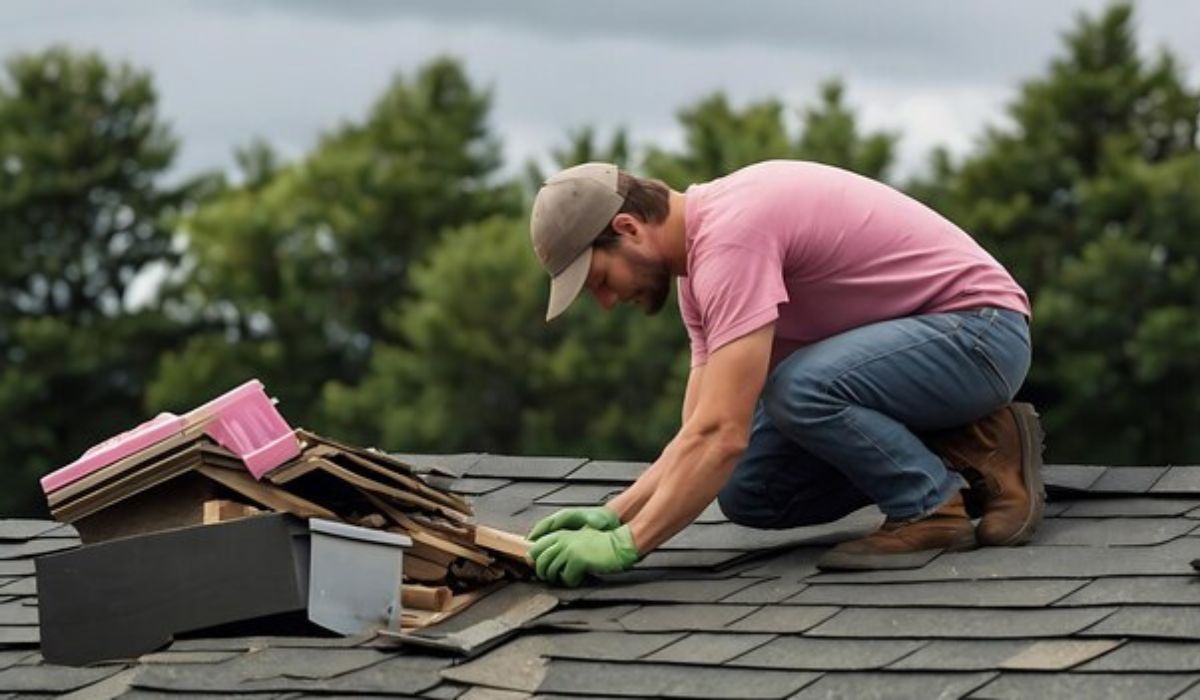
The roof leakage can occur due to the old shingles or flashing around roof penetrations (like chimneys or vents). For that, you’ll need to remove the shingles around the old area carefully.
Also, be sure to use a pry bar to lift them and pull out the nails. Once you remove the shingles, check the underlying decking for water damage.
Before laying new shingles, using an ice & water shield over the new decking is good. Thanks to this, you can ensure extra protection in the roofing system.
However, if the leak is near a chimney, vent, or other places, you should change the flashing. Then, try to lay the new shingles over the area and secure them with nails.
Make sure to align the new shingles with the existing marks. Finally, you can apply a bead of roofing sealant along the edges of the shingles.
Learn more about why waterproofing is important for electrical safety in SG to prevent any kind of risks.
4. Unclog Your Gutters to Prevent a Leaking Roof
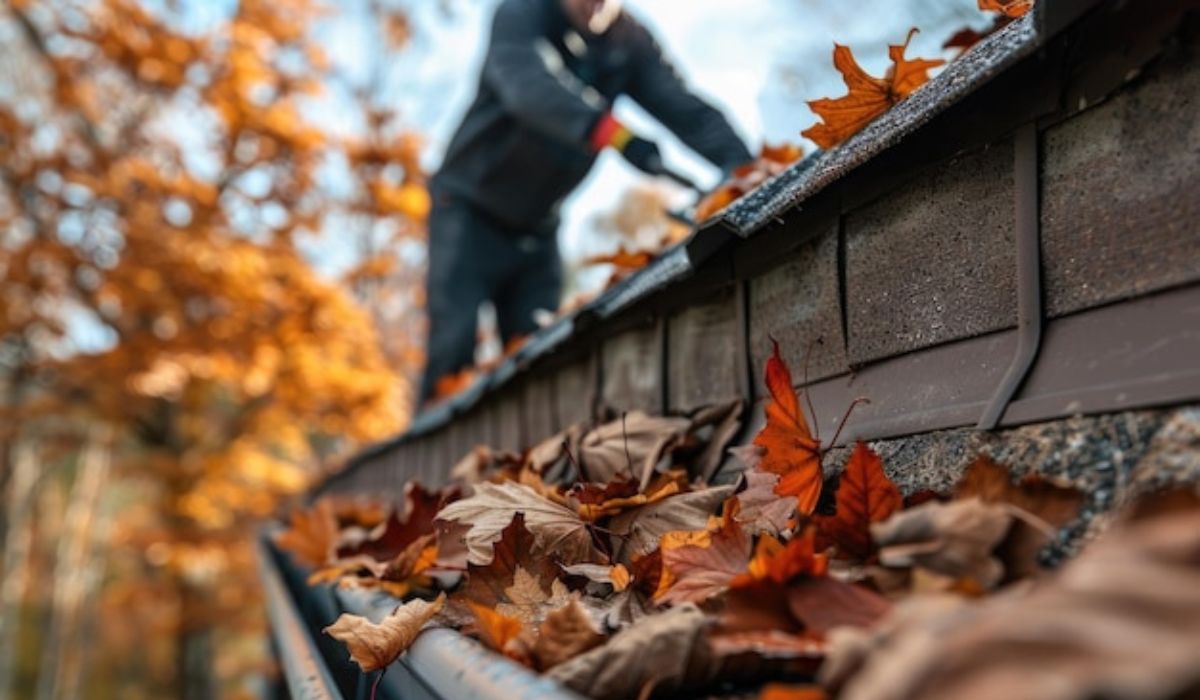
A clogged or dirty gutter can cause water to seep into your roof. To stop that, here’s what you’ll need to do:
- Firstly, you’ll need to use a ladder to access your gutters.
- Then, just take out any debris like leaves, twigs, or dirt using a tool or your hand after wearing gloves.
- Next, you should check the gutters for any cracks, holes, or signs of harm.
- Once you find them, you’ll need to cover them with roofing cement and dry it naturally.
- Finally, you are free to slightly loosen the gutter by unfastening it from the fascia board. This also helps to clean the gutter better.
Pro Tips: Be sure to clean the gutters twice yearly (around the fall and late spring sessions).
For comprehensive protection against water leakage, consider exploring metal roof waterproofing solutions to strengthen your roof.
5. Protect Chimney Joints with Water-Repellent Seals
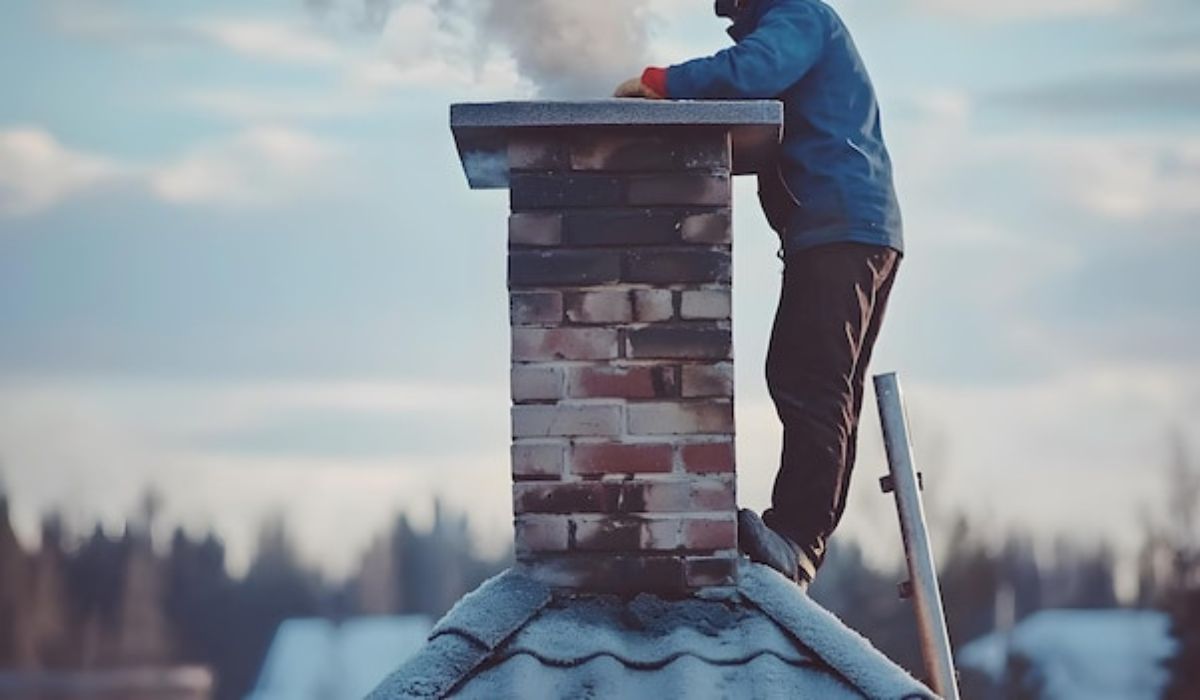
A lot of times, the leak occurs due to old flashing around the chimney. If that’s your case, you can stop the roof leak by taking out the old flashing and installing a new one.
However, this involves removing shingles around the chimney to reach the flashing. Once you reach that, you’ll need to add a waterproof barrier before replacing the flashing.
But be sure to clean the joints if the leak comes from the mortar joints (like the brickwork around the chimney). After that, it’s better to apply a masonry water-repellent seal. This will also help seal any cracks or gaps in the mortar.
Then again, you’ll need to hire an expert if the leak occurs due to old siding around the chimney for replacement.
If you’re considering hiring a professional, make sure to check 5 Reasons Not to Hire Unqualified Waterproofing Service in SG to ensure you’re making the right choice.
6. Fix Skylight Leaks Using a Cladding Kit
If a skylight leaks in the roof, it can happen due to flashing issues. To repair that, you’ll need to remove the old one and add a water shield around it. Then, reinstall the cladding kit to create a watertight seal.
7. Cover Leaks Temporarily with a Tarp or Polyethylene Sheets
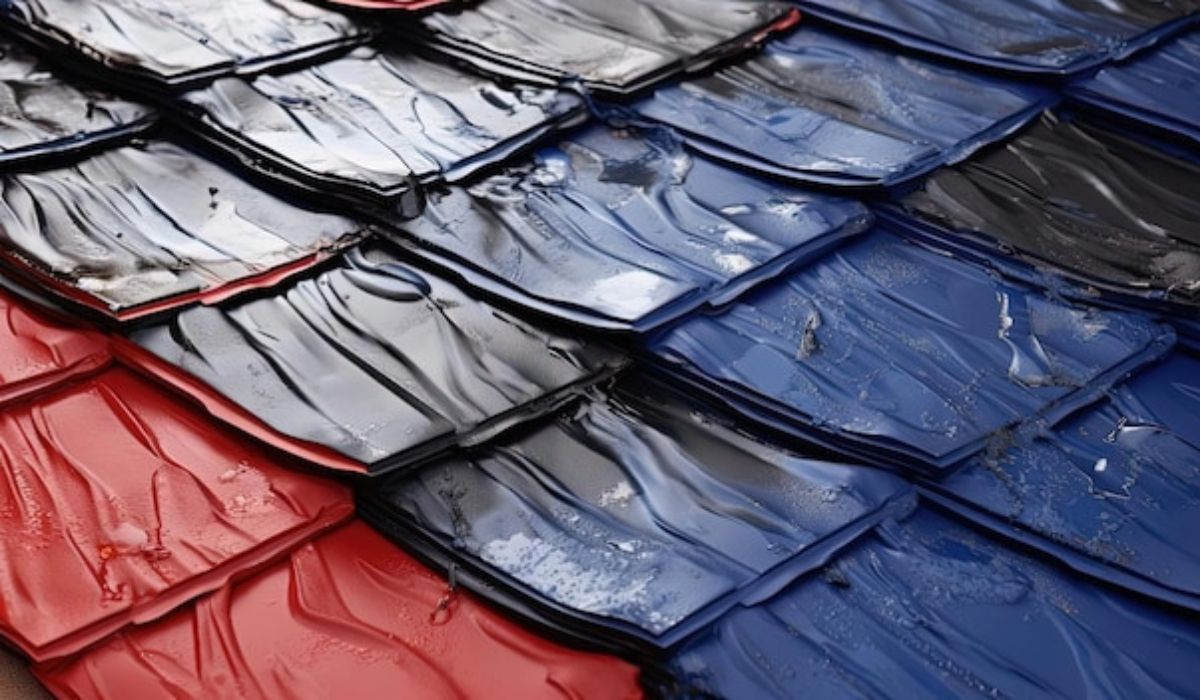
As a temporary fix, you can cover the leaking area with a tarp or polyethylene sheet (a strong plastic). Then, secure it tightly to block more water from coming through. Lastly, you can use various sheets or a double layer for added protection.
8. Seal Small Holes Using Caulk or Silicone
For small holes in shingles, flashing, or around chimneys, you can go for caulk or silicone sealant. This will also fill cracks and prevent further leaks.
9. Use Roofing Tape to Patch Minor Leaks
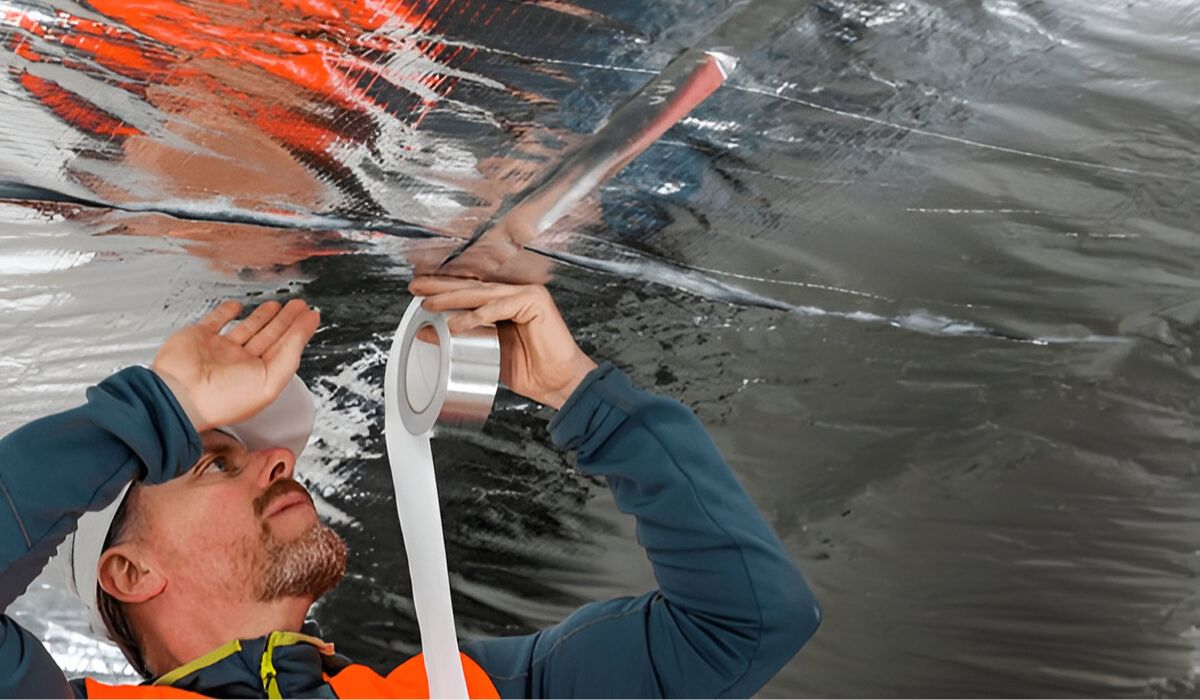
If you can access the leak from your attic, you can apply adhesive-backed roofing tape to the spot. This is also effective for small leaks when it’s not raining.
10. Hire a Roof Waterproofing Specialist for Expert Repairs
For better repair of roof leaks, you can call a roof waterproofing specialist. It can also help you tackle the leakage in a better way. Plus, experts have both the skills and tools to make a permanent fix.
Final Thoughts on Fixing Roof Leaks in Singapore
That’s all how you can repair a leaking roof in Singapore! It takes a little patience and effort to do it to stop water damage. But, if you feel like it’s too much, you can seek help from an expert like Allseal Waterproofing to get the ideal outcome. Good Luck!

